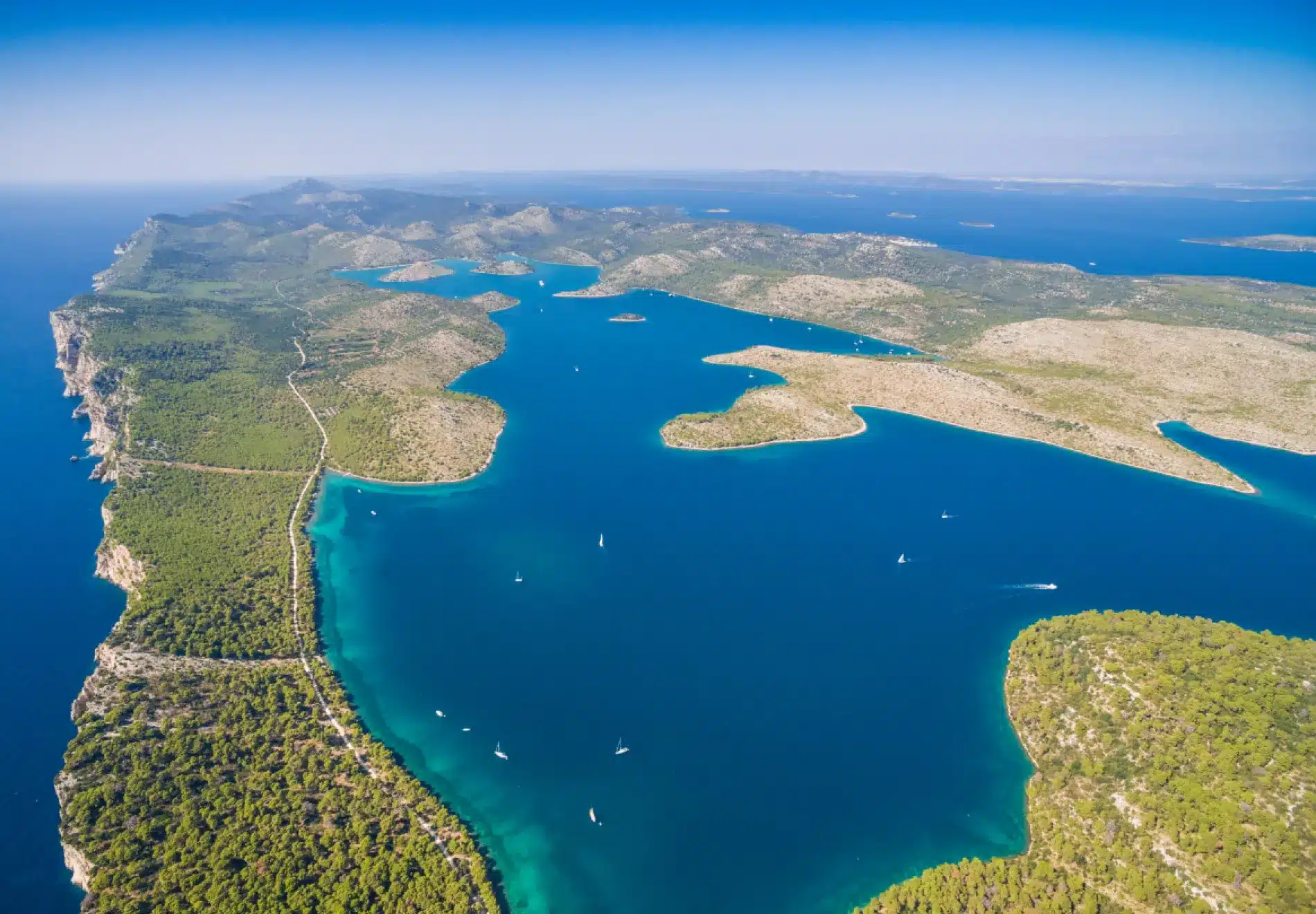The Westfjords peninsula is a true Icelandic wilderness area and undoubtedly the ideal place for spotting birds and arctic foxes in their natural habitats.
The Westfjords of Iceland is much less travelled than most other corners of the country, due to their vastness and distance from ‘must-see’ destinations such as the Jökulsárlón glacier lagoon, Lake Mývatn, and the sites of the Golden Circle.
This fact, however, says nothing about the incredible wonders to be found hereIt is, in fact, one of the country’s most spectacular and awe-inspiring regions.
The settlements are small and sparse, and between them are untouched landscapes and dramatic features unlike any other in the country. While traversing the Westfjords does require a lot of driving, the surrounding scenery proves that the journey can be quite as amazing as the destination.
Many people are aware of the mi Iceland’s southwest, but have never heard of Dynjandi on the Westfjords; the south coast black-sand-beach Reynisfjara is famous, but its pink-sand relative Rauðasandur on the Westfjords is virtually unknown.
People rush for puffin-watching tours from , without realising that you can get within an arm’s reach of these adorable little critters from the Látrabjarg birdwatching cliffs.
The amount of waterfalls in Iceland was one of the things that impressed me most about my trip. Dynjandi was one of the most impressive waterfalls I’ve ever seen, not just on this trip.
One thing that should be noted, however, is that the Westfjords are really only accessible in the summer months, from May to October; snowfall is heavy in the region, and due to the small population, the roads are not as regularly maintained as in the rest of the country.
The lack of flat land also limits the potential for agriculture, which makes fishing the primary industry and vital for the local economy.
The weather in the Westfjords is very variable, ranging from sun, rain, wind, heat and cold all in the same day.



